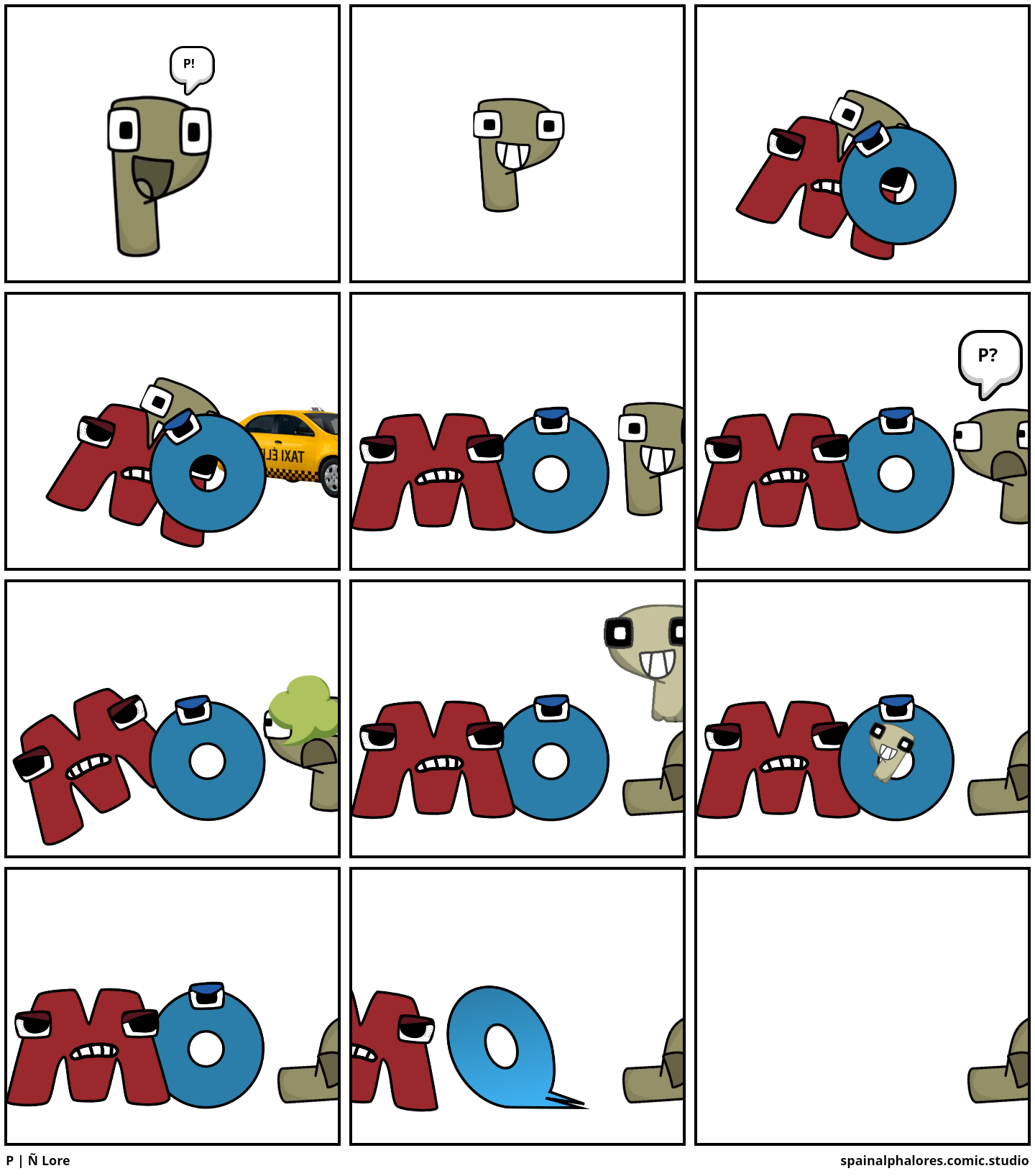"малаші мерфі" - Making Sense Of Information Challenges
Imagine trying to read something important, but the words just do not look right. Maybe you see strange symbols, or characters that simply do not make any sense at all. It can feel like a puzzle, a moment where clarity slips away, and you are left wondering what the original message was supposed to be. This feeling, this moment of information not quite lining up, is something many of us come across in our daily lives, particularly when dealing with digital things.
You see, sometimes information, like a database entry or a piece of text, can get a little mixed up. It might show up as something like "ð±ð¾ð»ð½ð¾ ð±ð°ñ ð°ð¼ñœð´ñ€ñƒñƒð»ð¶ ñ‡ ð" when it was meant to be something quite different. This kind of situation, where what you see is not what was intended, can be a real head-scratcher. It brings up questions about how we make sure what we share and what we receive stays true to its first form, so, it is almost like a communication snag.
This idea of things not being quite clear, or needing a little help to be understood, is really what we are looking at here. The concept of "малаші мерфі" in this discussion is a way to think about those times when information needs a bit of unraveling, when it needs to be made more human-friendly. We want to talk about how we can get to the heart of messages, even when they seem a little jumbled, or, in a way, just hard to follow.
- Why Does Mike Tyson Like Pigeons
- Pam Van Zant
- Donkey Face Smiling
- Truman Stewart
- Dr Pendleton Wickersham
Table of Contents
- What Makes Information Hard to Grasp?
- How Do We Get Clearer Pictures?
- Why Does Clear Information Matter to Us?
- Can We Make Information More Friendly?
- Moving Past the Information Jumble
What Makes Information Hard to Grasp?
Sometimes, information just does not come to us in a straightforward way. It might be because of how it was saved, or how it traveled from one place to another. Think about a database, for example. It is supposed to keep things neat and tidy, but every so often, something goes wrong, and the text turns into a string of characters that are not meant to be there. This can be quite frustrating, and, you know, it happens more often than one might think. When this occurs, the core message, the actual words that were put in, become hidden behind a wall of symbols that are just not readable. It is a bit like trying to hear someone speak through a lot of static, where the sound is there, but the words are not clear.
When Data Gets Garbled - The "малаші мерфі" Experience
The situation where you see something like "ð±ð¾ð»ð½ð¾ ð±ð°ñ ð°ð¼ñœð´ñ€ñƒñƒð»ð¶ ñ‡ ð" instead of normal writing is a prime example of data getting garbled. This kind of display, which might include "малаші мерфі" appearing in a similar way, shows us a challenge in the world of data. It is a sign that something in the way the text was handled, perhaps its coding or its transfer, did not quite go as planned. This can make it very hard to know what the original words were, or what they were trying to tell us. So, we are left with a kind of digital puzzle, one that needs a particular kind of thinking to solve. It highlights the need for systems that keep our information whole and easy to read, or, in some respects, just plain right.
How Do We Get Clearer Pictures?
Getting a clearer picture of information, especially when it is a bit messy, often means looking at how it is put together. If you think about some of the things we read every day, like news or updates, they need to be presented in a way that makes sense. For instance, when we talk about big topics like blockchain, people often wonder who truly benefits, or if it is only for those who build things or have a lot of money. This shows that even when the information is not garbled, the way it is explained, or the way it is presented, can make a big difference in how people understand it. It is about making sure the message reaches everyone, not just a select few, you know, so it feels more inclusive.
- What Is Jtt Doing Now
- How Did Pazuzu Die
- Janet Jackson 1st Husband
- Jennifer Hudsons Most Emotional Performances
- Was Lainey Wilson On Yellowstone
Looking at Different Information Streams
We see information in many forms, and each one presents its own set of considerations for clarity. Consider news stories, for example. We hear about leaders giving awards to people who serve their country, or about important work in fields like atomic energy. These stories need to be told in a way that is easy to follow and that gives people a good sense of what is happening. Then there are times when a service is just not available, or when we hear about how many people read something each month. All these different kinds of information, whether it is about "малаші мерфі" as a concept of clarity or other topics, need to be presented in a way that helps people get the main points without too much trouble. It is about making sure the flow of facts is smooth, and, in fact, helpful.
Why Does Clear Information Matter to Us?
Clear information matters to us because it helps us make sense of the world around us. When things are not clear, it can lead to confusion, or even problems. Take, for example, a global issue like how germs become resistant to medicines. This is a serious concern, and if the facts about it are not shared in a way that people can easily understand, it is hard for everyone to know what to do. Similarly, when we talk about things that affect our money, like taxes on goods from other countries, it is important for people to know what is going on. This kind of information, when it is presented in a straightforward way, allows people to grasp the situation and respond accordingly. It is, basically, about giving people the tools they need to understand their surroundings.
The Human Side of Data and Decisions
Information often has a very human side to it. Think about the story of a farmer who did not grow up in a farming family, and then, after a hard time in her life, found herself working in agriculture to support her children. Her journey, which includes dealing with economic changes like new taxes on products, shows how real-world situations affect people. Or consider the news about a company facing a large fine for not keeping private information safe. These stories, whether they are about personal struggles or big legal matters, show that information is not just numbers or words; it has a direct impact on people's lives. We want to make sure that the human elements of these stories, including what might be represented by "малаші мерфі" in terms of understanding challenges, are not lost in the details, or, you know, just overlooked.
Can We Make Information More Friendly?
Making information more friendly means thinking about the person who will be reading or hearing it. It means using language that is easy to understand, and avoiding words that might be too technical or confusing. For instance, when people talk about farming, whether it is about livestock or protein, they often want to know practical things. They want to know how things work on the ground. When a service asks for payment to keep going, the message should be direct and clear, so people know what they need to do. It is about removing barriers to understanding, so, in a way, it makes things feel more welcoming.
Simple Ways to Share What We Know
Sharing what we know in simple ways can really help. This means breaking down big ideas into smaller, more manageable pieces. When you have a problem with text appearing as "малаші мерфі" or other strange characters in a database, the goal is to find a way to get it back to its original, readable form. This often involves looking at the coding or the way the data was put in. It is about making sure that the tools and methods we use to share information are set up to keep things clear from the start. We want to make it so that people can easily grasp what is being said, without having to work too hard to figure it out, or, actually, guess at what it means.
Moving Past the Information Jumble
Moving past the information jumble means we need to think about how we can always make things clearer. It is about recognizing that sometimes data gets mixed up, or that important messages about things like trade rules or global health need to be shared in ways that everyone can understand. Whether it is about fixing garbled text, explaining complex ideas like blockchain, or sharing news about important events, the aim is always to help people get the full picture. It is about creating a sense of ease when someone tries to learn something new, or, basically, just get some facts. We want to make sure that information, no matter its source or topic, is presented in a way that is easy to take in, making the world a little less confusing for everyone who encounters it.
- Did Belle Gibson Go To Jail
- Is Belle Gibson In Prison
- Actress Sarah Wright
- Elliot Ellen Page
- How Did Pazuzu Die

Image posted by fansay

Р | Ñ Lore - Comic Studio

Pin by Buket on Fake | Fake